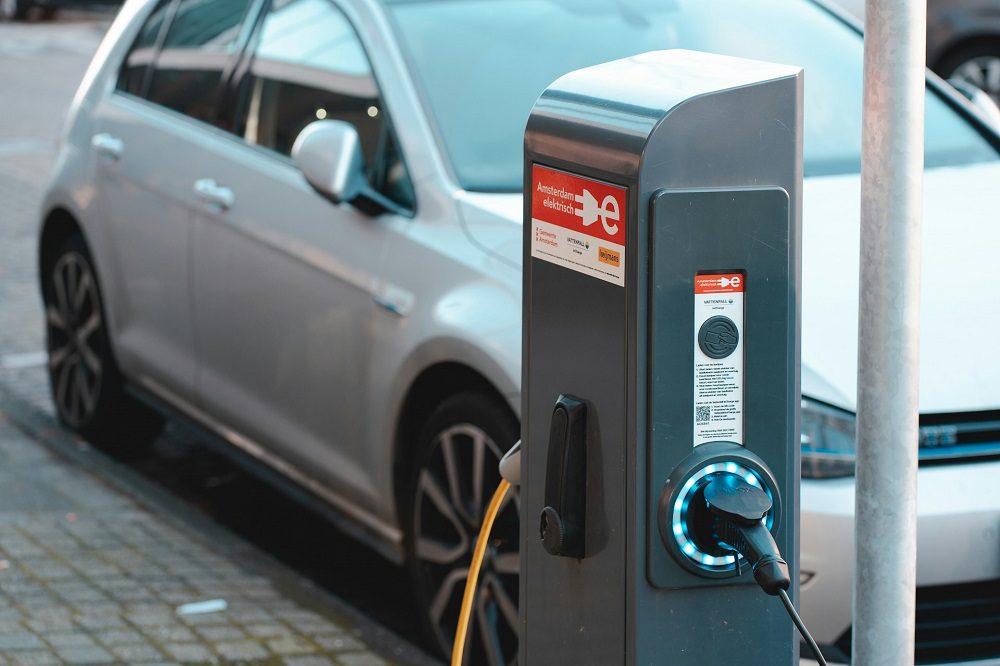
Driving an Electric Vehicle in Toronto: What You Need to Know
Electric vehicles (EVs) integrate rechargeable internal batteries for propulsion and cabin heating as opposed to conventional gas-powered vehicles. EVs are fast rising in popularity and fleet numbers around Toronto for two main reasons: they present many benefits over gas-powered models, and the city of Toronto’s government provisions favor their use. The Toronto City government is leading the transition through the Sustainable Fleets Plan, which targets to switch the city fleets to more sustainable, climate-friendly, and net-zero greenhouse gas emission operations.
Benefits of Driving an Electric Vehicle in Toronto
Before getting behind the wheel of an electric vehicle in Toronto, you want to be sure that the shift from the conventional gas-powered car is worth your investment and effort. Here’s the proof:
- Reduced operation costs
Naturally, running an electric vehicle in Toronto costs up to four times less than operating a similar model and size of a gas car, and charging the EV costs far less than fueling its gas-powered counterpart.
- Low maintenance processes and costs
Unlike gas-powered vehicles, whose drivetrains consist of many moving components, electric vehicles are remarkably durable and have limited movables. As a result, the maintenance processes and requirements of Evs are comparatively lower.
Beyond this, the internal rechargeable batteries, the powerhouse of electric cars, only need recharging and minimal maintenance to stay in optimal operation. On the other hand, gas vehicles need frequent engine servicing, oil replacement, transmission system revamping, and exhaust system restoration to keep them in prime shape. It’s easy to see why electric vehicles’ upkeep costs, processes, and time are significantly lower.
- They’re environmental-friendly
The frequent oil changes and constant greenhouse and tailpipe emissions from gas vehicles constitute massive environmental degradation via water and air pollution. Moreover, the grinding sounds of numerous engine, transmission, and exhaust components in gas-powered vehicles contribute to much noise pollution.
Contrarily, electric cars shrink greenhouse gas emissions by 60-90% as they don’t have tailpipe emissions. They’re also considerably quieter, so they moderate air pollution.
- Guaranteed safety
Driving an EV in Toronto is as safe as riding in a similar gas model since the same industry and safety testing standards and features apply to both types of vehicles.
- Convenient charging facilities
Charging an electric vehicle in Toronto is a breeze as you can top it up from any of three paces:
- Standard wall power outlet with 115V rating portable charger
- Plugged (5-50R) or hard-wired (30A, 220V) pedestal or wall-mounted charger common in homes and public charging facilities
- Public EV charging facilities along highways, street parking spaces, and off-street parking establishments.
- Long driving range capabilities
Most modern fully electric vehicles have a travel range of more than 200 km on a single full charge, while PHEV models have more extensive ranges stretching beyond 900 km before requiring a recharge.
Driving an Electric Vehicle in the winter in Toronto
Driving an electric vehicle in Toronto will often require you to push through the harsh winter conditions of the true north. Besides the inclement weather, you’ll be forced to deal with the challenging and precarious state of ice and snow-covered roads.
Effects of Toronto Winter on Electric Vehicles
When driving an EV in Toronto in the winter, you can expect a few challenges besides the tricky weather and road conditions.
- Decreased battery range
While gasoline-powered and electric vehicles experience reduced ranges in the winter, EVs suffer more. Their batteries perform optimally in warm temperatures. However, freezing temperatures decelerate the physical and chemical reactions in the batteries and diminish their efficiency. Consequently, the range of electric vehicles shrinks by 20-30% in the winter, meaning you won’t travel as far as you would in ideal conditions on a single charge.
Moreover, an electric vehicle’s climate control components, such as the cabin heater and heated seats, run on the car’s battery. Turning on these devices further limits the range of your EV when driving in Toronto. Reduced battery range might require you to schedule extra charging stops and time.
- Longer charging durations
Electric vehicles can take 10-50% longer to fully charge in the winter in Toronto, depending on the car’s model. Nevertheless, most modern EVs can reduce this time by conditioning the battery temperature for optimal charging via their built-in navigation system.
When driving an electric vehicle in the winter, you can take some steps to enhance the car’s performance, optimize its range, cut the time required to fully charge the battery, and minimize charging stops and other inconveniences on the road by:
- Installing EV-specific winter tires on your electric vehicle and inflating them to the recommended readings to optimize traction and brake operation in treacherous winter conditions.
- Keeping the high-voltage electric vehicle battery topped up via frequent charging to keep the vehicle operational in case of power blackouts or unexpected traffic hold-ups.
- Preheating the battery and cabin before your drive, preferably while still charging
- Charging the EV whenever you’re home to avoid the inconvenience common in public charging stations
- Installing a more energy-efficient heat pump for cabin heating in the place of old resistive heaters.
Contact Yusra Driving School a driving school in Scarborough to learn driving in Toronto.
